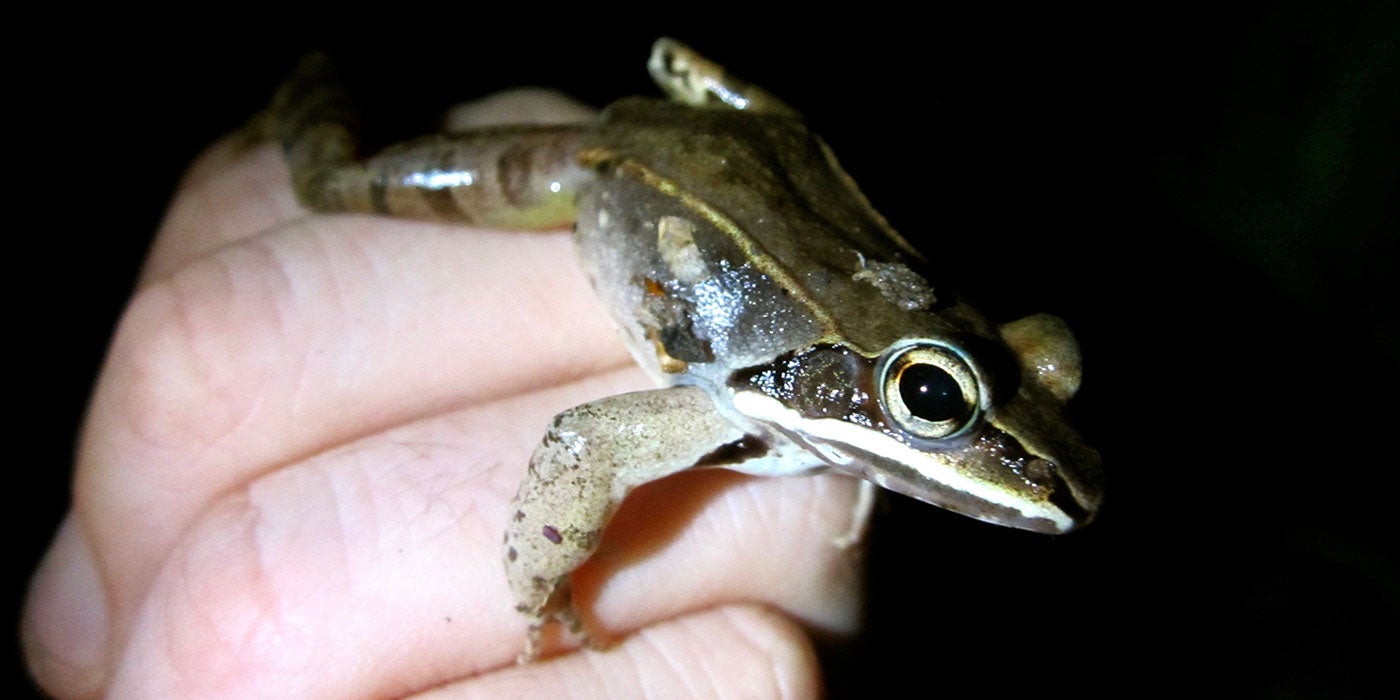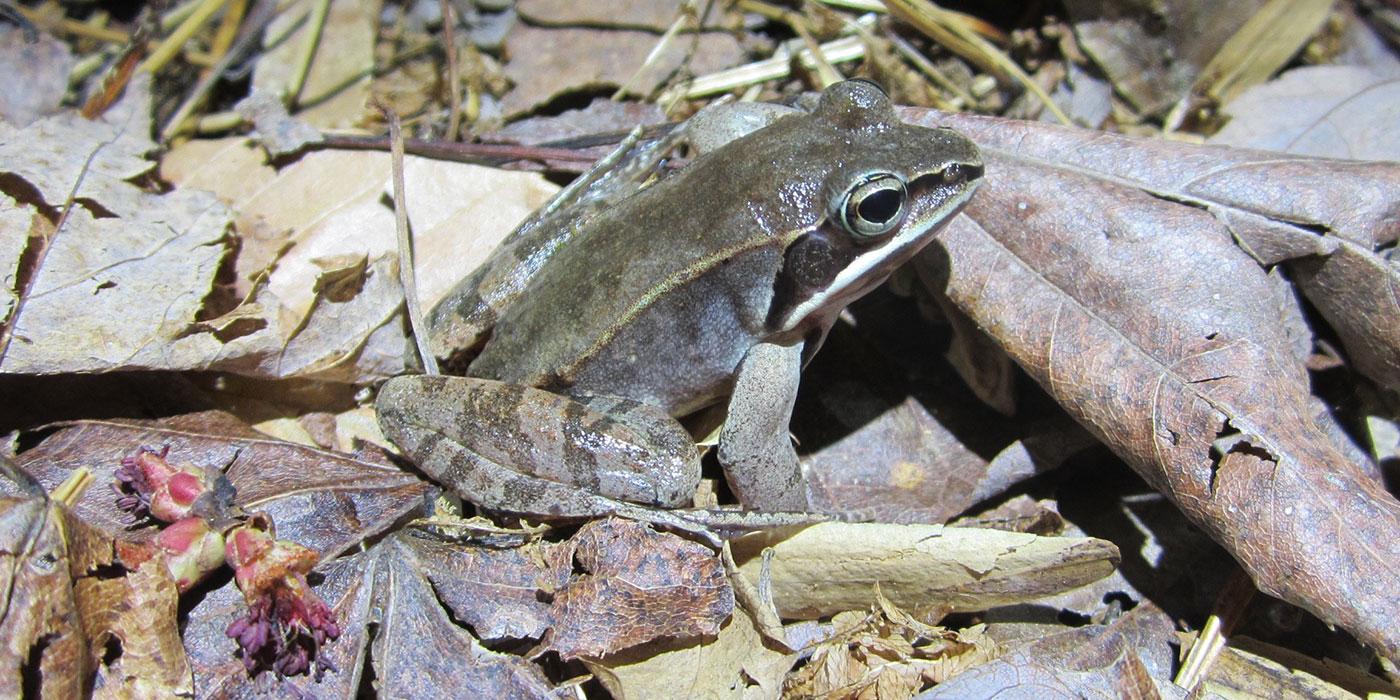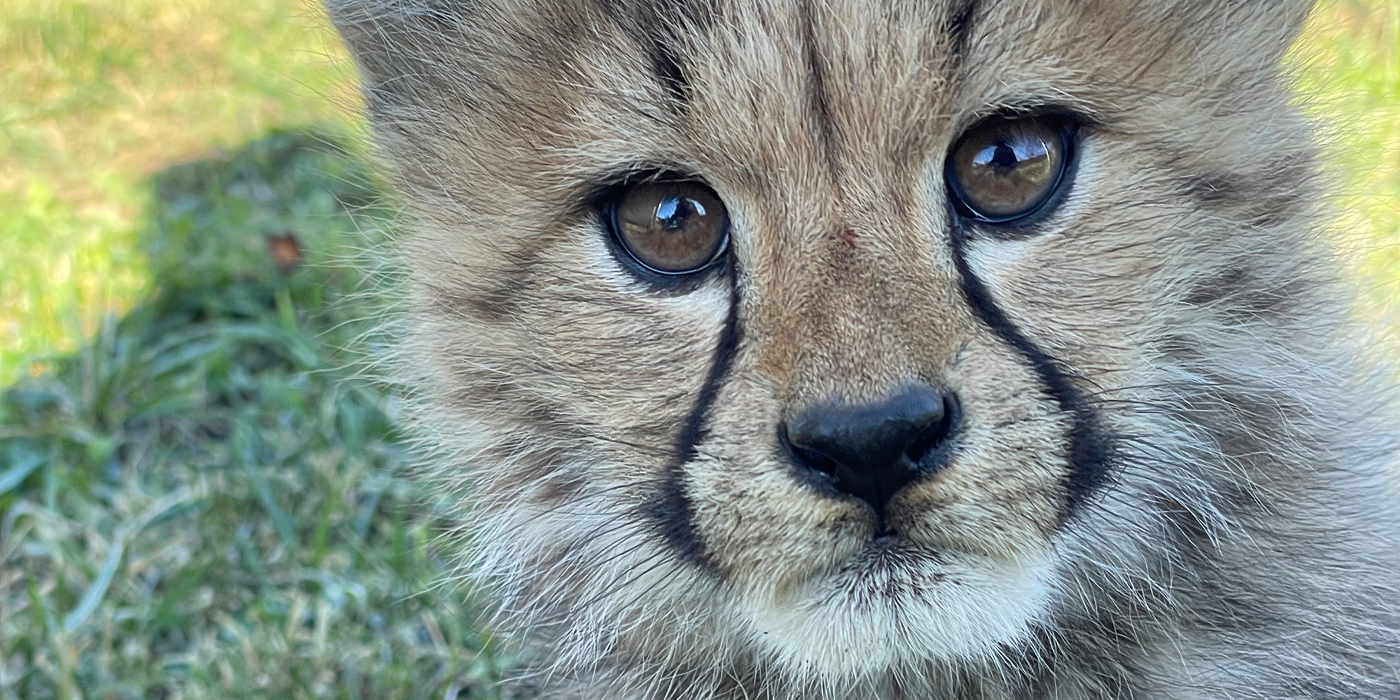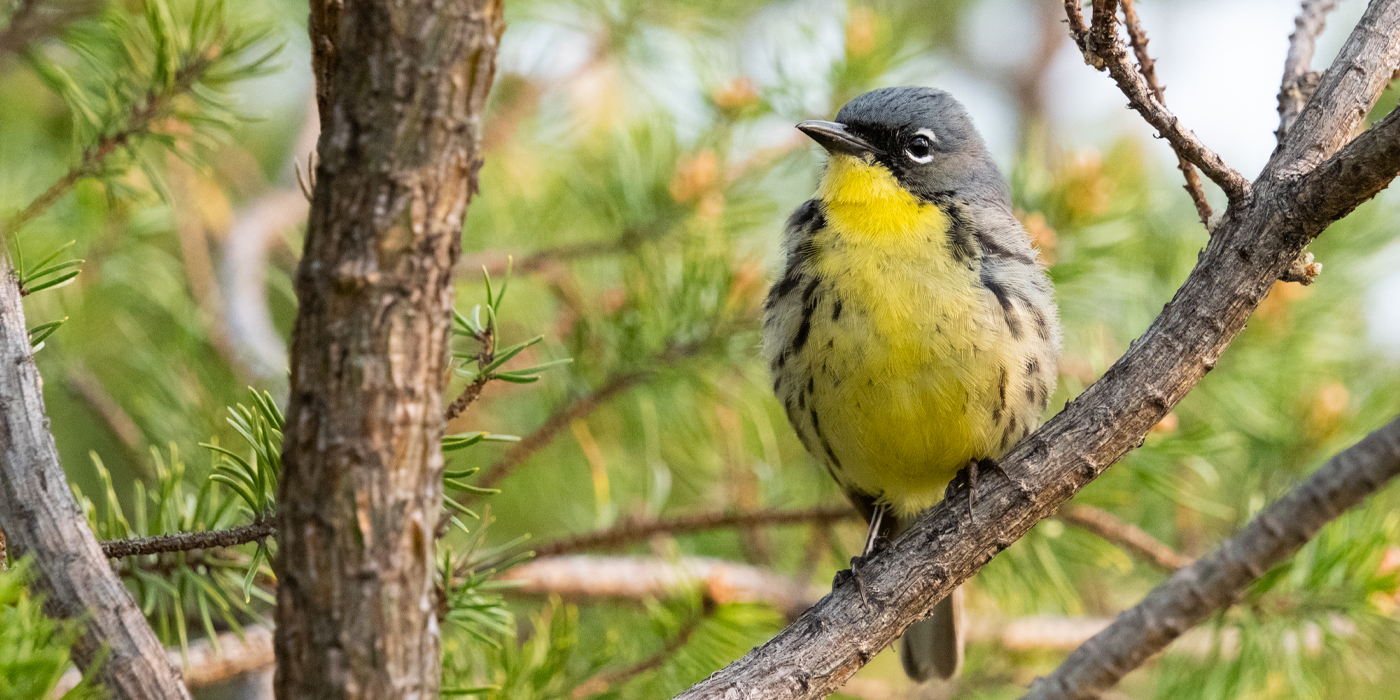Genetics Discovery Could Help Protect Frogs from Disease
Amphibians around the world are vanishing due to infectious disease, and many species are in danger of going extinct. A pathogen called Ranavirus is particularly devastating to frogs and toads in the U.S. The virus is often fatal and can also infect fish, reptiles and other amphibians.
Smithsonian scientists and partners believe genetic diversity could hold the key to saving amphibians from this deadly disease.
The results of their study — a collaboration with the University of Central Florida, the Smithsonian Conservation Biology Institute’s Center for Conservation Genomics and the Patuxent Wildlife Research Center — were published Jan. 7 in Immunogenetics.
To gather the best data, the team focused on a North American species that is highly susceptible to Ranavirus: wood frogs.

In 2012 and 2013, researchers waded in 17 ponds across Maryland to collect tail tips from more than 300 wood frog tadpoles. They chose tadpoles because frogs still in their larval stage are more susceptible to the disease.
Back at the lab, the team looked at a gene in the major histocompatibility complex, or MHC. There are two primary classes of MHC genes (class I and class II), and both play an essential role in the immune system.
Researchers already know that MHC class I genes are critical to helping adult frogs develop immunity against viruses, but tadpoles rely mainly on class II genes. This led scientists to wonder how variations in MHC class II genes might impact a tadpole’s ability to fight off disease.
To answer this question, scientists first tested the samples they collected for Ranavirus. Though they didn’t notice any signs of disease outbreak in the ponds they surveyed, 26 percent of their samples tested positive for the virus.
Using only the infected samples, researchers looked for differences among the MHC class II genes and whether those differences corresponded to levels of infection. They found that some genetic variations were linked to less severe infections.
In other words, some MHC class II gene variants help frogs fight Ranavirus more successfully than others and, consequently, those frogs have a better chance of surviving.
Scientists can use this new knowledge to better protect wild populations and to breed more disease-resistant frogs in human care. Ultimately, research like this could help combat global amphibian declines.




